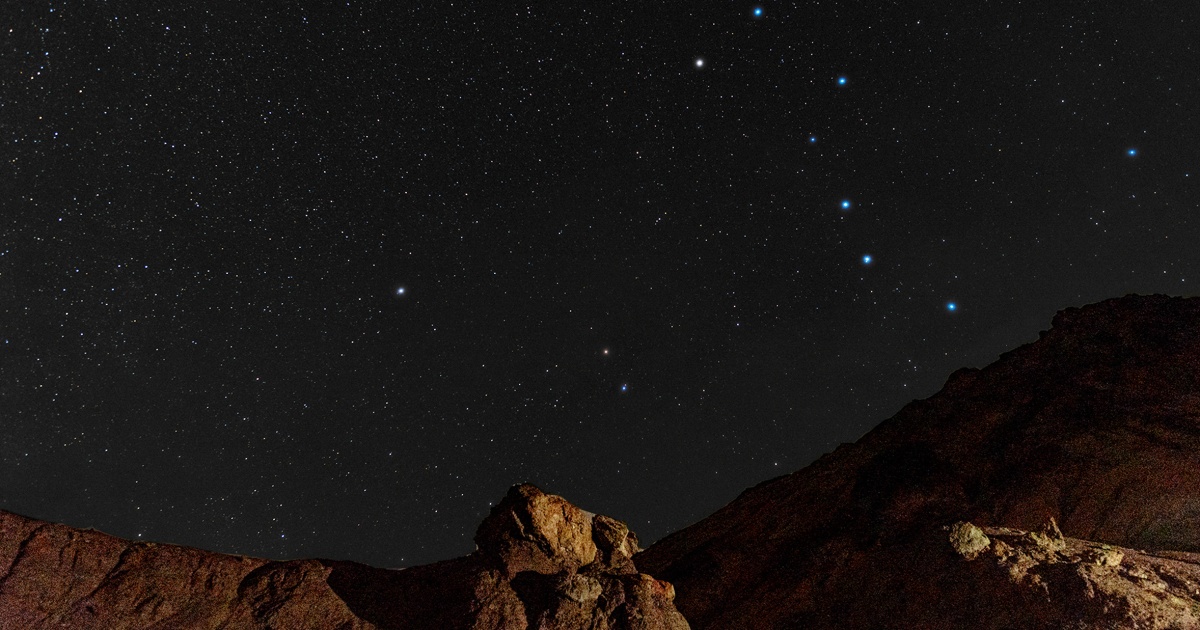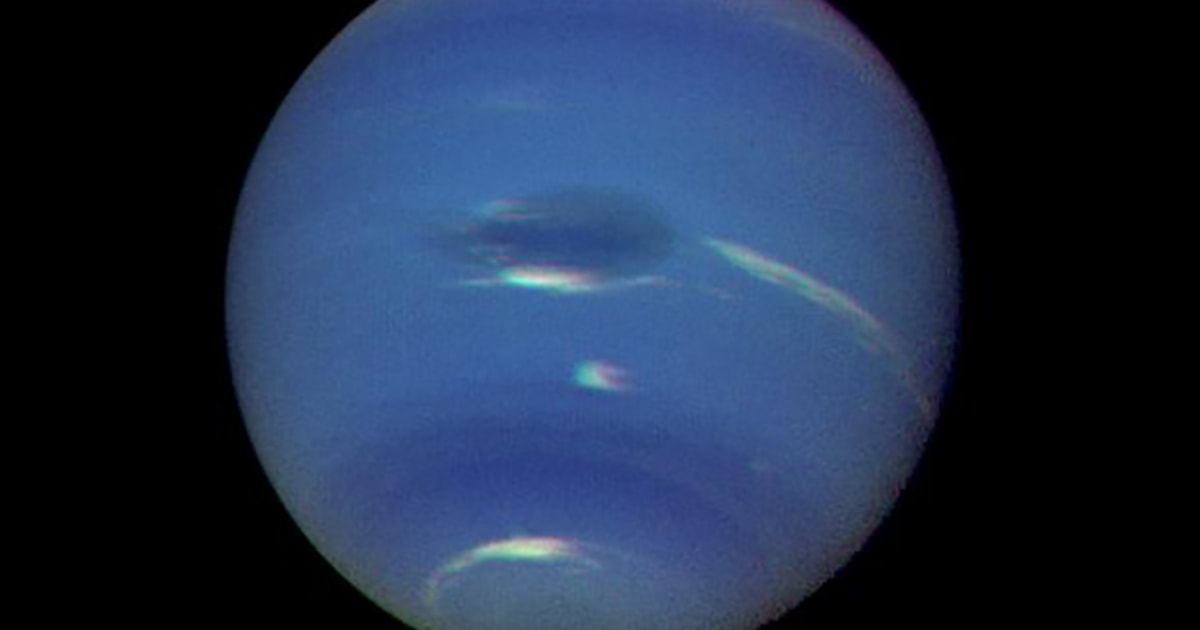Largest comet ever seen is passing through our solar system
A giant comet with a solid center twice the width of Rhode Island in orbit will rotate it inside our cosmic region, astronomers say. know.
The icy continuum is traveling 22,000 mph from the edge of the solar system toward the sun. In a study published Tuesday in The Astrophysical Journal LettersScientists say the comet is nothing to worry about as it will not pass anywhere near Earth.
Even comet The study’s co-author, David Jewitt, professor of planetary science and astronomy at UCLA, said that in 2031 it will make its closest approach to the sun, by 2031 it will be at least 1 billion away. mile.

“It won’t even cross Saturn’s orbit, so it certainly doesn’t pose a threat to us,” said Mr Jewitt.
Its nucleus – the solid center, usually made up of ice, rock and dust – is about 85 miles across. That makes it about 50 times larger than most known comets, with an estimated mass 100,000 times greater than that of a typical comet, according to the study.
“That’s a huge amount of matter in just one body,” says Jewitt.
Astronomers used Hubble Space Telescope to observe the giant comet and determine the size of its nucleus. Hubble took five pictures of the icy object on January 8, revealing its bright nucleus covered in a glowing cloud of dust and gas, known as the coma.
The study’s lead author, Man-To Hui, an assistant professor at the Macau University of Science and Technology, said: said in a statement to the Space Telescope Science Institute, which manages Hubble.
The scientists used a computer model developed from previous observations of the comet through ground- and space-based telescopes to observe the dusty past and map the nucleus. .
In addition to its enormous size, astronomers discovered that the surface of the comet’s nucleus is darker than previously thought.
“Only 3% of the light hitting its surface bounces off,” says Jewitt. “It’s a really, really dark surface. It’s blacker than coal.”
More research is needed to understand why the nucleus is so dark. Jewitt said it is possible that long-term exposure to high-energy cosmic rays could have “cooked” the surface, coating the surface with a carbonizing material similar to charcoal.
Comet C/2014 UN271 was first discovered in 2010 by astronomers Pedro Bernardinelli and Gary Bernstein, when it was 3 billion miles from the sun. Although scientists have spent more than a decade studying the comet, the new study is the first to confirm its enormous size.
Jewitt says it most likely formed more than 4 billion years ago, when the solar system was in its infancy. It is possible that it developed in the region between Jupiter and Neptune, he said, growing together with the young planets.
“As it was evolving and as the planets evolved simultaneously, we thought that the gravity of the planets could shoot the comet out of the planetary zone,” Jewitt said.
He added that expelled comets and other similar objects likely ended up in the so-called Oort cloud, a region beyond Pluto where astronomers think ice objects The price revolves around the solar system in a spherical bubble.
Sometimes, gravity from passing stars can jostle distant comets in the Oort cloud, “kicking them into the solar system,” Jewitt said.
According to the study, comet C/2014 UN271 is less than 2 billion miles from the sun. And in a few million years, it will move back to the Oort cloud, Jewitt said.
Astronomers hope to continue observing the comet leading up to its closest approach, in 2031. Jewitt said studying such objects could reveal insights about the system. sun and help solve the enduring mysteries of the universe.
“It’s a reminder that the outer solar system is not a well-known place,” he said. “When you’re far away from the sun, everything out there is so fuzzy, so many things are waiting to be discovered.”
at Blogtuan.info – Source: nbcnews.com – Read the original article here



